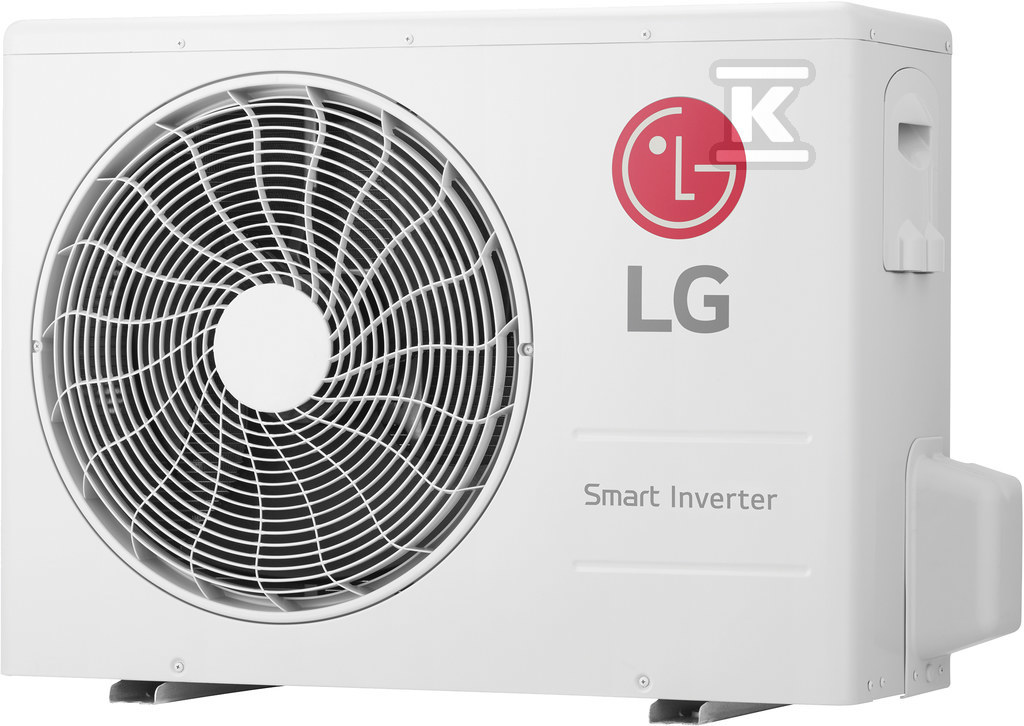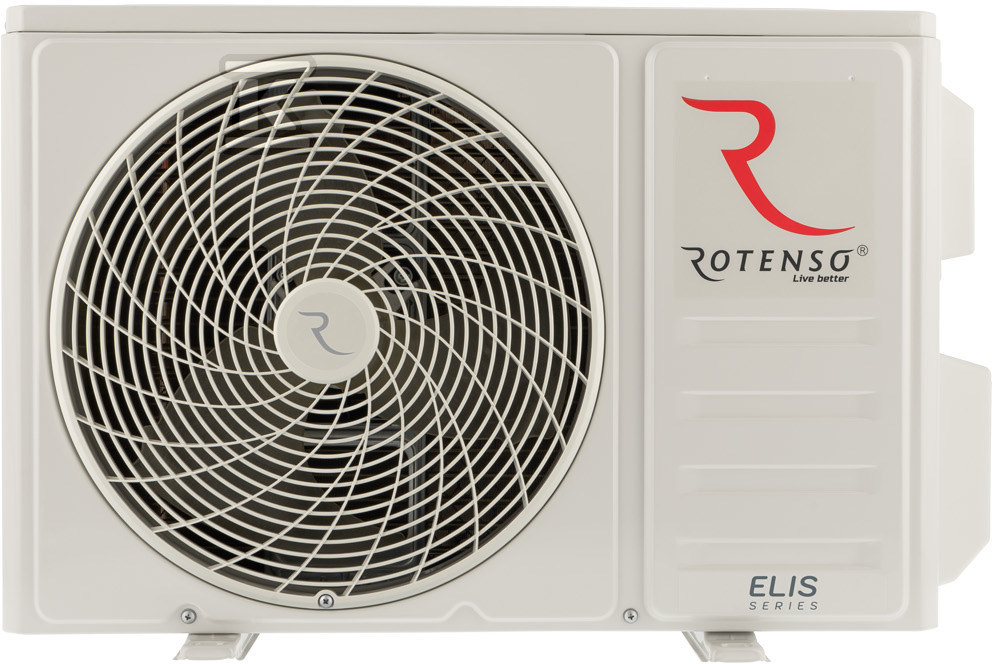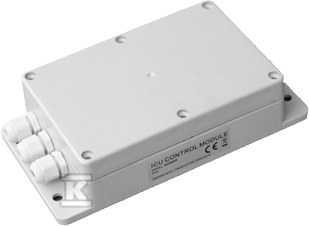The refrigerant is essential for the proper operation of many systems, including hydraulic systems. It is used in refrigeration equipment, heat pumps and air conditioning, among others. What refrigerants are currently used and how do regulations regulate their use?

Check out the condensing units at the Onninen wholesaler
What regulations govern the use of refrigerants?
 Although refrigerants are essential for the proper functioning of devices and installations, their use is strictly regulated by law, both domestically and internationally. The purpose of the regulations introduced is to limit the negative impact on the environment.
Although refrigerants are essential for the proper functioning of devices and installations, their use is strictly regulated by law, both domestically and internationally. The purpose of the regulations introduced is to limit the negative impact on the environment.
Among the regulations adopted by the European Union, the following should be mentioned:
- EU Regulation No. 517/2024 on fluorinated gases (F-gases);
- EU Regulation No. 1005/2009 on substances that deplete the ozone layer;
- EU Regulation No. 2020/878 on classification, labelling and packaging of substances and mixtures;
- Energy Efficiency Directive (2012/27/EU);
- Montreal Protocol,
- Paris Agreement.
Polish legislation also contains relevant regulations. In the Act of 15 May 2015 on substances that deplete the ozone layer and on certain greenhouse gases. This document specifies the obligations related to the installation, operation and maintenance of refrigeration and air conditioning equipment, as well as the principles related to tightness control. Most of the solutions currently used will work perfectly in both smaller installations and in the case of large pipelines serving larger areas.
Types of refrigerants currently used in installations
Depending on the type of equipment and its specific needs, different types of refrigerants can be used. Factors to consider include the technical requirements of the specific hydraulic system, environmental standards, and energy efficiency.
Currently, the following types of refrigerants are most commonly used in refrigeration and air conditioning installations:
- HFC, i.e. hydrofluorocarbon, is the solution most often used in air conditioning and refrigeration, as well as for cooling heat pumps, this product is characterized by low toxicity and non-flammability, although it does not negatively affect the expansion of the ozone layer, the level of GWP, i.e. global warming potential, is high, examples include: R134a, R-410a, R-407C;
-
 HCFC, or chlorofluorocarbons, are now less common, and although they have a relatively low potential for harm to the ozone layer, they are still more harmful than other solutions, hence the decision to phase them out, an example of an HCFC is R-22;
HCFC, or chlorofluorocarbons, are now less common, and although they have a relatively low potential for harm to the ozone layer, they are still more harmful than other solutions, hence the decision to phase them out, an example of an HCFC is R-22; - HFO agent, which is used as a replacement for HFC products, examples include: R-1234yf, R-1234ze, used primarily in automotive and industrial air conditioning, where technological processes involve an increased demand for cooling the system, as well as in other installations, this is a valued solution due to its low negative impact on global warming, they are characterized by high energy efficiency, but are flammable, it is worth noting that combustion takes place in a controlled manner, mainly under installation conditions;
- ecological (natural) factors, including ammonia, propane, carbon dioxide and isobutane.
It happens that in some systems mixtures of the above-mentioned factors are used. Such procedure allows to improve the energy efficiency of the refrigerant. Thanks to modification, the negative impact on the environment can be reduced.
However, modern solutions, the so-called new generation agents, are used more and more often. These solutions have better parameters, mainly related to lowering the GWP level. Examples include R-452B or R-454B. They are used in modern refrigeration devices and systems. Currently, these are agents that meet the most restrictive regulations.
Refrigerants in units
Refrigerants are also used in refrigeration units. They are installed in devices such as air conditioning , refrigeration, or heat pumps. The use of a properly selected refrigerant is intended to transfer the heat generated by the device, which is necessary to ensure optimal cooling, or heating (in the case of heat pumps) of the system.
The refrigerant for the unit should be selected depending on the application of the device, its energy efficiency and environmental requirements. Depending on the unit model and its application, refrigerants are matched individually. Particular attention should be paid to condensing units , the agent must be resistant to low temperatures to prevent potential failures.
Refrigerants in VRF systems
VRF is a modern air conditioning system that works well where individual temperature control in different rooms is necessary. This type of solution can be used in both public utility buildings and single-family homes. The ability to control the flow of the medium in the pipes allows for optimal thermal comfort, adapted to individual preferences.
 VRF air conditioning systems have a specific structure – external systems, called condensers, and internal systems, i.e. air conditioning units.
VRF air conditioning systems have a specific structure – external systems, called condensers, and internal systems, i.e. air conditioning units.
Cooling and heating using VRF systems is possible thanks to appropriately adapted refrigerants with specific physicochemical properties. Depending on the parameters, they also have a different impact on the natural environment. The most commonly used are:
- R-410A;
- R32;
- R-134A;
- R290R-744;
- R-1234yf.
The radiator in a given system will only operate effectively if the right coolant is selected. Among the key factors that should be taken into account in such a case are energy efficiency, environmental impact and safety, as well as typically technical issues, including the freezing point or water temperature in heating systems. Only a comparison of the indicated parameters and their comparison with individual needs will be an effective basis for choosing the right solution.